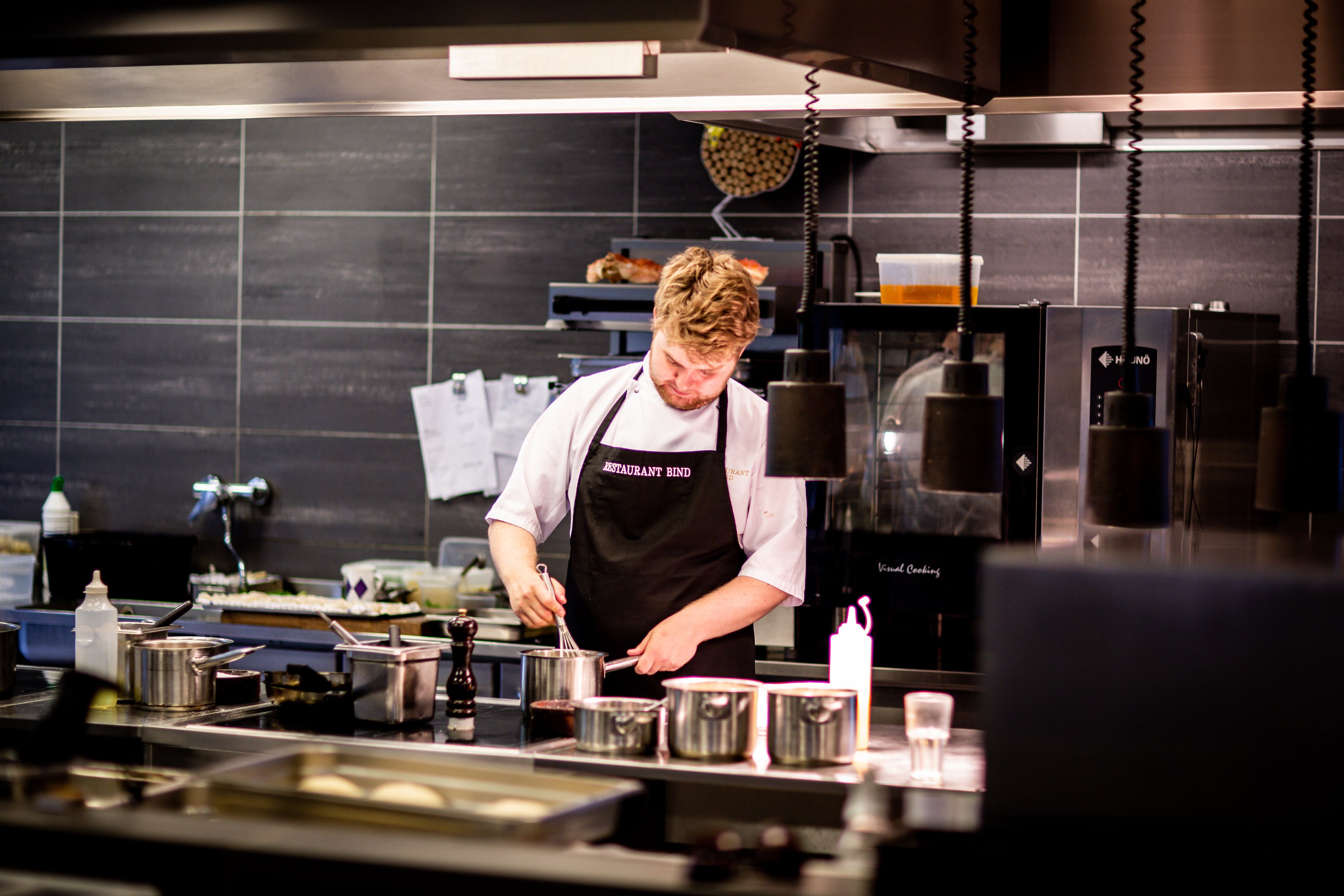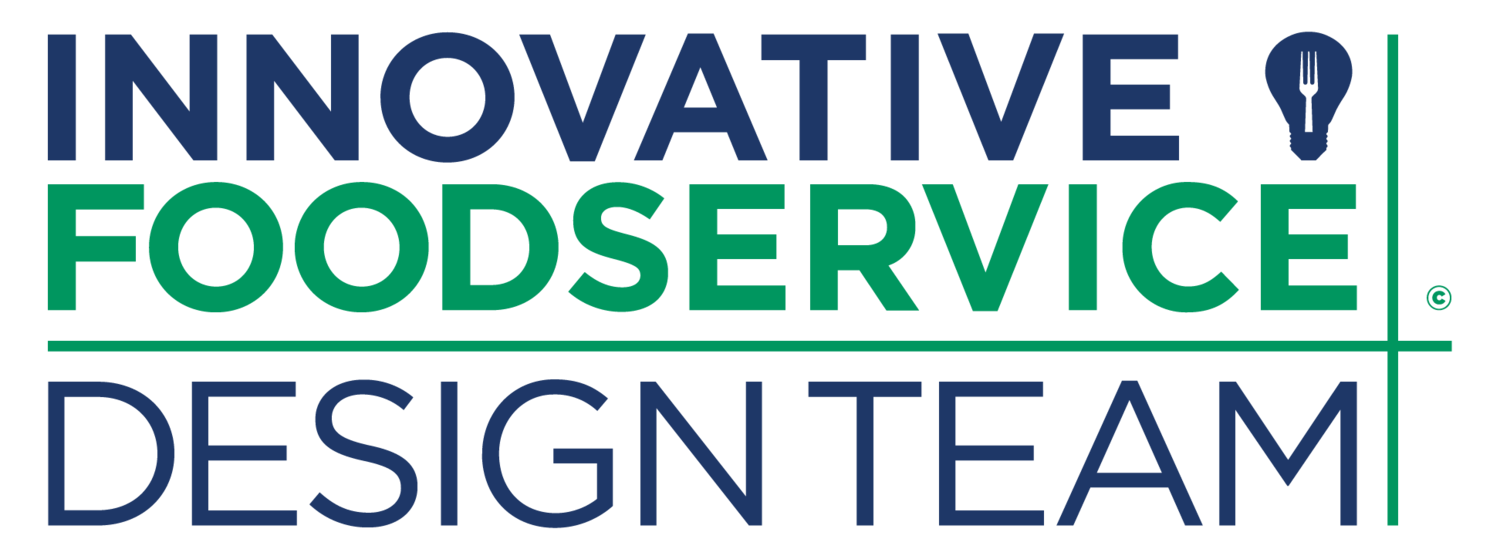Define the Space, Then Fill It
There is no doubt about it … we are a society that focuses on the bottom line. Be honest. When you read a menu, which side ultimately affects your decision most of the time? When you are at a car dealer, how long is it before you look for the sticker in the window? This constant obsession with the bottom line is present in every consumer's decision making process, including the design process.
Unlike purchasing a standard, off-the-shelf product that has a set pricing structure, the design process is significantly influenced by budgets and cost estimates that occur during the development process. In the early stages of design, the details of the facility are rather vague … and so is the budget. Despite the absence of detailed pricing, decisions are made based on best information available. For example, if the budget is too high, modifications are made to bring the budget back in line.

The Typical Approach
In my experience, I have witnessed this budgeting process many times. The process often goes like this: a client will come in with a quality level in mind for the equipment with which they intend to outfit their new or renovated foodservice facility. As a result, the budget and, ultimately, the design of the facility are influenced by the equipment quality decision.
Foodservice equipment is fairly unique in that the cost of the equipment can vary 50% or more strictly based on the options chosen. This unique quality also means that when a specific quality level is chosen, it could potentially limit the size of the facility based on the available money allocated for foodservice equipment. Conversely, the potential exists to underestimate the quality level required and prematurely shift funds out of the foodservice budget. Neither scenario is desirable.
Flexibility, By Design
The importance of flow in foodservice design has been discussed in previous columns. As a reminder, the best foodservice facilities are the ones that are designed around the sequential steps required for the preparation and service of food. This concept of flow is the single most important factor in the design of foodservice facilities. Yes, more important than the budget. You don't believe me? Allow me the opportunity to present my case.
In the early stages of the design process, namely the Concept Design and Schematic Design phases, the relationships between the different areas of the facility and the flow are established. Early on, the equipment specifications are unknown. The method in which the facility will function, however, is well conceived. The results from this stage of the design process, more so than the equipment brands and options selected, will impact the facility's overall efficiency.
So here is the approach I propose: establish the flow and the areas available for equipment, and then determine the quality and type of equipment to fit the layout and available budget. In essence, design a facility that works, and then determine what to fill it with based on the available funds. Not only does this approach work, but it allows for better financial management in both the short-term and long-term.
Example Applied
Let's say that you have developed a drawing that indicates large blocks where equipment could potentially be located. You have identified the exhaust hood locations, dry storage areas, prep areas, as well as the other critical components of a foodservice facility. The layout works. You are now ready to select your equipment. 
After verifying the available funds, you sit down with your operations team and determine that heavy duty equipment will best suit your needs. You spend a significant amount of time pouring over manufacturer's specification sheets to make sure that you have selected the options and configurations that are right for your operation. Things are going pretty smoothly … until you receive a phone call indicating that one of the financial backers of the development team has pulled out. The project is still a go, but each area of the budget will be scrutinized for cost containment. Kiss your heavy duty equipment goodbye.
But wait, you focused on the design of the space first and established the flow early in the process! Now you will reap the benefits of your efforts. You decide to substitute medium and light grade equipment for the heavy duty equipment you selected earlier. The location of the six burner range will be the same, with some sacrifices in options and quality. Once the operation is open and successful, you can replace the lower quality product with the heavy duty equipment you require with funds from the operational or capital improvement funds, available annually.
This approach allowed flexibility. With a design based on flow, the equipment you fill it with can vary based on the money available. Future growth and down-sizing, depending on the performance of the facility can be handled in the same manner.
